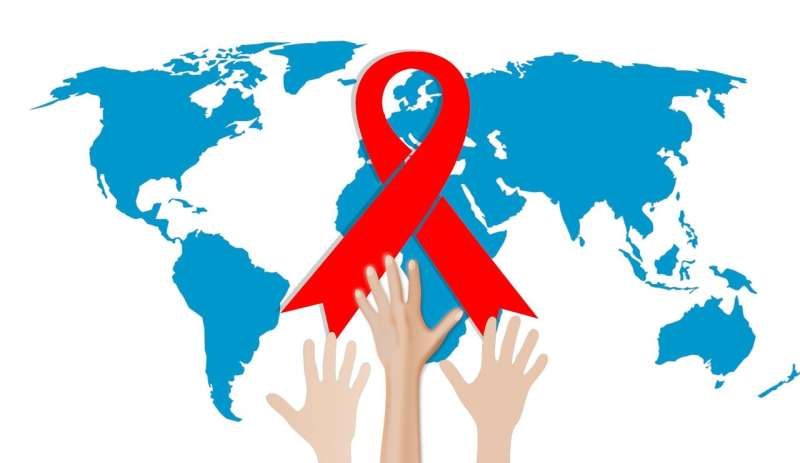
Sexual partnerships between individuals from different communities may help explain why some community-based HIV prevention efforts were moderately effective, shows a study published in eLife.
The findings may help explain the results of some community-based prevention studies and help scientists develop better ways to track and prevent the spread of HIV.
Early identification and treatment of HIV can help prevent transmission of the virus. However, large studies of community-based universal HIV testing and treatment in sub-Saharan Africa have not been as effective as mathematical models predicted at curbing new infections.
“To stem the spread of new HIV infections, we need to better understand patterns of HIV transmission in the region,” says first author Lerato Magosi, a postdoctoral research fellow at the Center for Communicable Disease Dynamics at Harvard T. H. Chan School of Public Health, Boston, US.
Magosi and colleagues set out to learn more about HIV transmission patterns in Botswana, Africa. The team genetically sequenced HIV samples collected from 5,114 individuals in 30 communities who participated in an HIV prevention trial. This trial, called the Botswana Combination Prevention Project or Ya Tsie trial, compared HIV transmission in communities that were randomized to receive universal HIV testing and linkage to treatment with communities that did not receive such an intervention.
By identifying samples of HIV that were closely related genetically, the team was able to track how the virus spread within and between these communities. They found that most HIV transmission occurred between individuals who were about the same age and among individuals living in the same community or neighboring communities, rather than distant communities. Viral spread from communities that did not receive the universal HIV testing and treatment intervention into communities that received the intervention was more likely to occur than vice versa.
“Our results suggest that community-based HIV testing and treatment initiatives are powerful tools to reduce HIV transmission, but will need to be supported by targeted studies aimed at closing age and sex gaps in uptake of testing and treatment,” Magosi explains.
Source: Read Full Article
